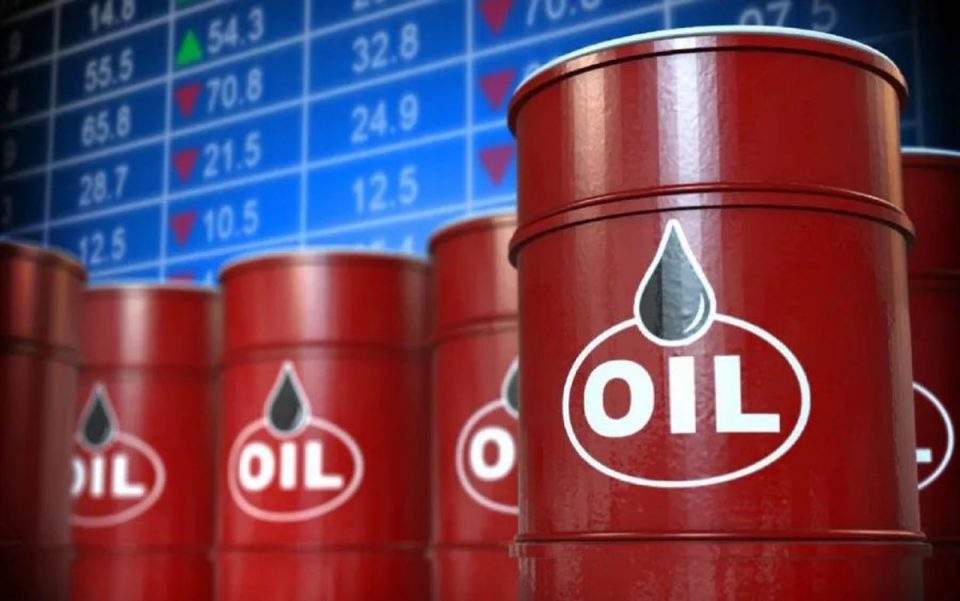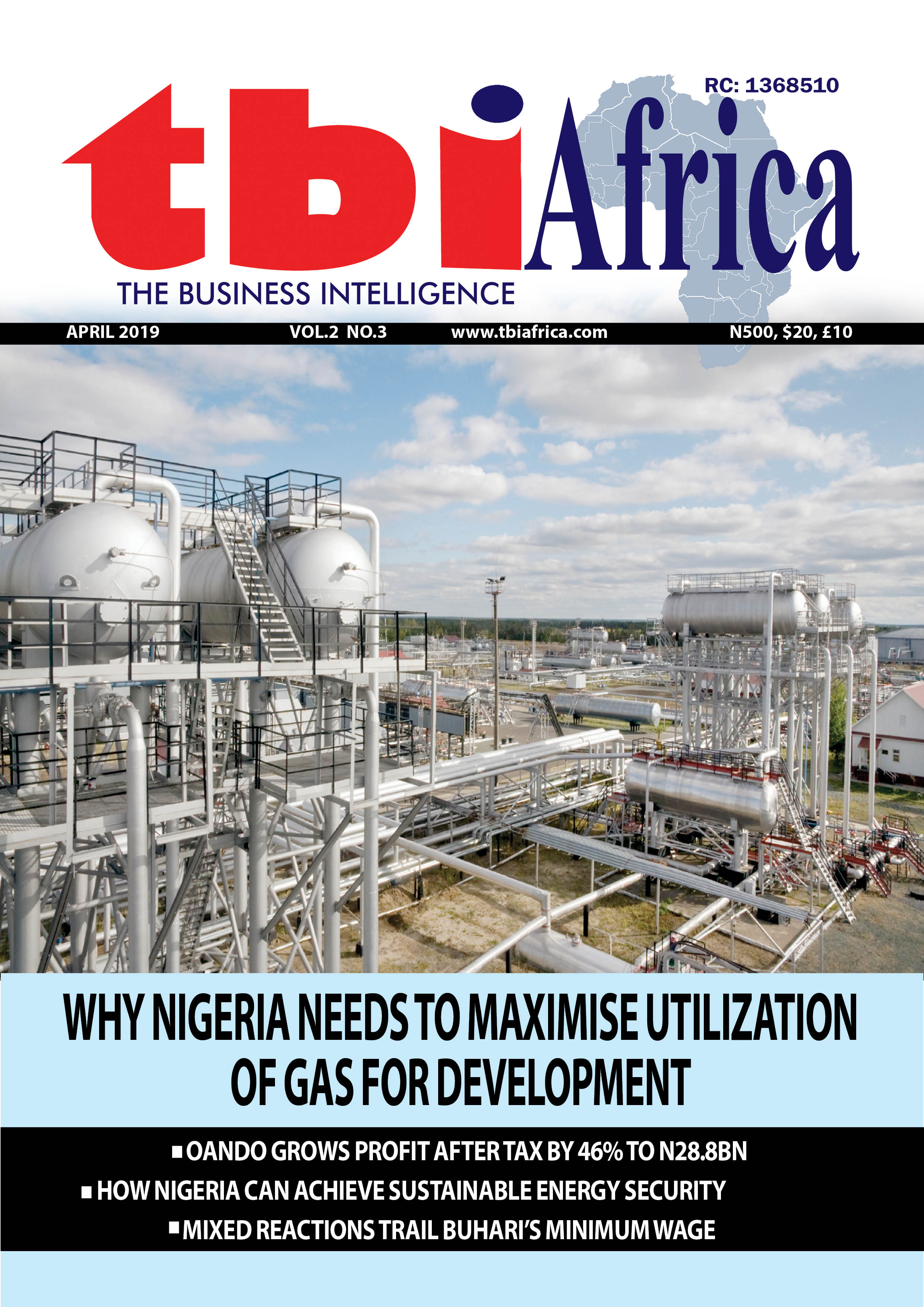Oil prices edged down on Tuesday as weak Chinese demand offset supply disruptions from Tropical Storm Francine and as global oil oversupply risks continued to weigh on the market.
Brent crude futures were down 4 cents, or 0.06%, to $72.80 a barrel by 0334 GMT. U.S. West Texas Intermediate crude futures lost 10 cents, or 0.15%, to trade at $68.60 a barrel.
Both benchmarks gained around 1% at Monday’s settlement.
According to Reuters report, the U.S. Coast Guard ordered the closure of all operations at Brownsville and other small Texas ports on Monday evening, as Tropical Storm Francine barrelled across the Gulf.
The port of Corpus Christi remained open but with restrictions.
The tropical storm is forecast to strengthen significantly over the next couple of days, and was expected to become a hurricane on Monday night or Tuesday morning, according to the National Hurricane Center (NHC).
Exxon Mobil said it shut-in output at its Hoover offshore production platform, while Shell paused drilling operations at two platforms. Chevron also began shutting in oil and gas output, at two of its offshore production platforms.
“At least 125,000 barrels per day (bpd) of oil capacity is at risk of being disrupted,” ANZ analysts said in a note, citing data from the NHC.
However, signs of weakening global demand and expectations of existing oil oversupply continuing weighed on the market.
China data on Monday showed the country’s consumer inflation accelerated in August to the fastest pace in half a year but domestic demand remained fragile, and producer price deflation worsened.
“Signs of weakness in the U.S. and China have spurred a bearish tone across investors, with money managers now the least bullish on crude in more than 13 years,” ANZ said.
Global commodity traders Gunvor and Trafigura anticipate oil prices may range between $60 and $70 per barrel on weakened Chinese demand and persistent global oversupply, executives told Asia Pacific Petroleum Conference (APPEC) attendees on Monday.
China’s shift towards lower-carbon fuels and a sluggish economy are dampening oil demand growth in the world’s largest crude importer, APPEC conference speakers said.
China’s annual demand growth has slowed from around 500,000-600,000 bpd in the five years before the COVID-19 pandemic to 200,000 bpd now, said Daan Struyven, head of oil research at Goldman Sachs.
On Tuesday, markets will be watching for the monthly oil market report from the Organization of the Petroleum Exporting Countries (OPEC).
The U.S. Energy Information Administration is also set to publish its short term energy outlook with forecasts about the global market and U.S. crude oil output.



